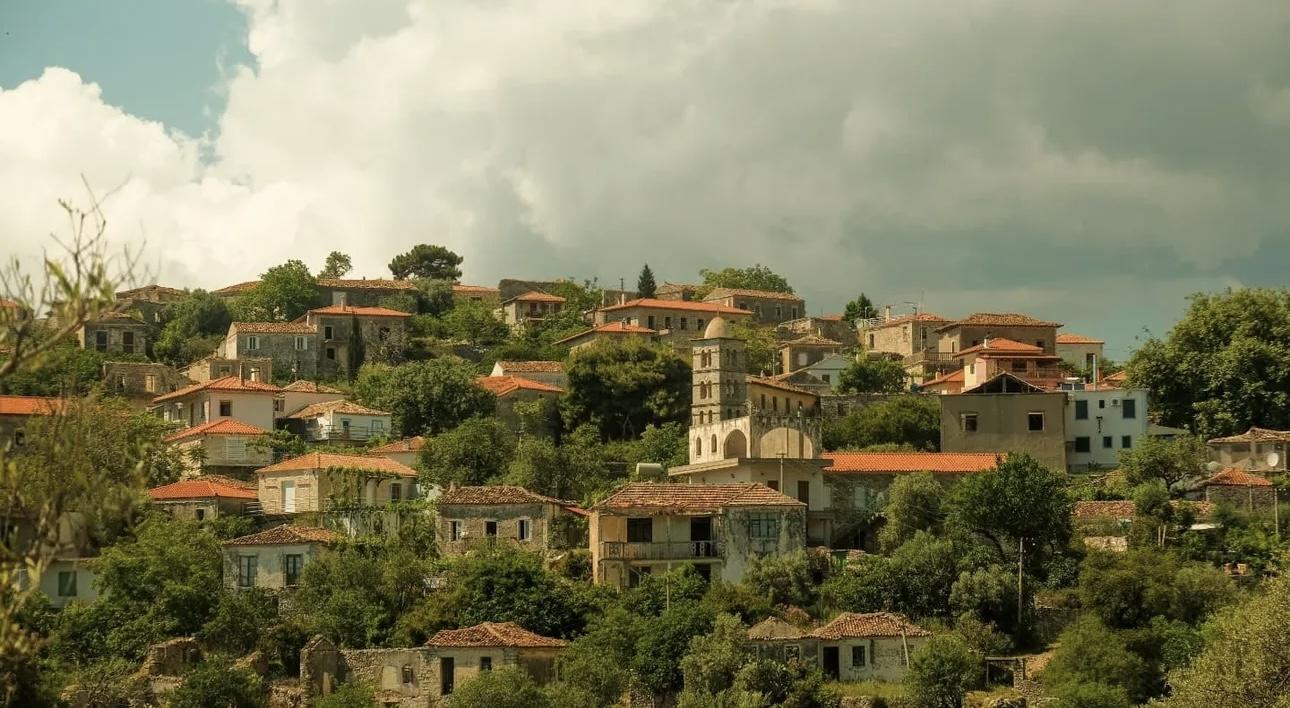
Let me tell you something that might surprise you: some of the most beautiful homes in southern Albania aren’t the new builds with shiny tiles and glass balconies. They’re old. Worn. Sometimes crumbling. But full of soul.
I’m talking about the traditional stone houses scattered through the hills of Himara and the green slopes above Borsh. The kind of houses your gjyshi might’ve lived in. Thick stone walls, small wooden windows, red tiled roofs that have seen generations come and go. Some sit quietly, hidden behind fig trees. Others are perched proudly on hills with unbeatable views of the Ionian Sea.
And yes—you can still buy them. The real question is: can you renovate them?
Why Buyers Are Drawn to These Homes
Last week, I had a conversation with a young couple from France. They weren’t looking for your typical beachfront property in Saranda or a seaview apartment in Ksamil. They wanted something different. “We want something real,” they said. “Something that tells a story.”
We drove into the hills above Himara. We passed goats. A guy on a donkey. Kids playing soccer on a dusty patch of land that probably hasn’t changed in 50 years. Then we arrived at this old stone house—half collapsed, roof caved in on one side, but the bones were good. The view? Unreal. You could see all the way to the turquoise line where the sea meets the sky.
They were in love.
And honestly, I get it. I truly believe this region offers some of the best value on the Mediterranean coast—not just in terms of price, but in authenticity.
So Can You Actually Renovate These Old Homes?
Short answer: yes. But it’s not as simple as slapping on some paint and new shutters.
Most traditional stone houses in Himara and Borsh fall under protected zones or sit within historical village borders. That means you’ll need permission from the local municipality and, in some cases, from the Institute of Cultural Monuments in Tirana. They’ll want to make sure you preserve the original character—stonework, roofing style, layout. No building a giant concrete cube on top of a 200-year-old foundation.
But here’s the good news: locals want you to preserve these homes. You’ll often get support from the community, and there are even some small-scale grants or incentives for restoring heritage properties.
It’s not a fast process. But it’s worth it.
What to Expect If You Buy One
Let me be honest with you—these are not turnkey properties. You’ll need patience. And probably a good architect.
Some homes have no electricity. Others were abandoned during communism and haven’t been touched since. You might find old wells in the backyard. Stone bread ovens still intact. In one house we visited in the old village of Qeparo, a client’s architect found old hand-carved beams under a false ceiling. Absolute treasure.
Most buyers end up replacing roofs, installing plumbing, reinforcing walls. But they keep the charm. You don’t buy one of these to make it modern—you buy it to make it alive again.
Prices range a lot. I’ve seen some for under €40,000, especially in upper Borsh or Old Himara. But renovation could cost twice that, depending on your taste and how much you want to preserve.
Still, it’s a bargain compared to what you’d pay for similar heritage homes in Greece or Italy. And here, you’re on the Albanian Riviera, where tourism is booming and demand for unique stays is climbing.
المنشورات ذات الصلة:
Discover why Albania’s cash-driven real estate market offers real stability for investors. Learn from a local Saranda expert about safe ownership, seaview apartments, and rising opportunities along the Albanian Riviera.
Discover why Albania is one of the safest and most promising real estate markets in the Mediterranean. From Saranda to Ksamil, explore stable growth, seaview apartments, and investment opportunities along the Albanian Riviera.
